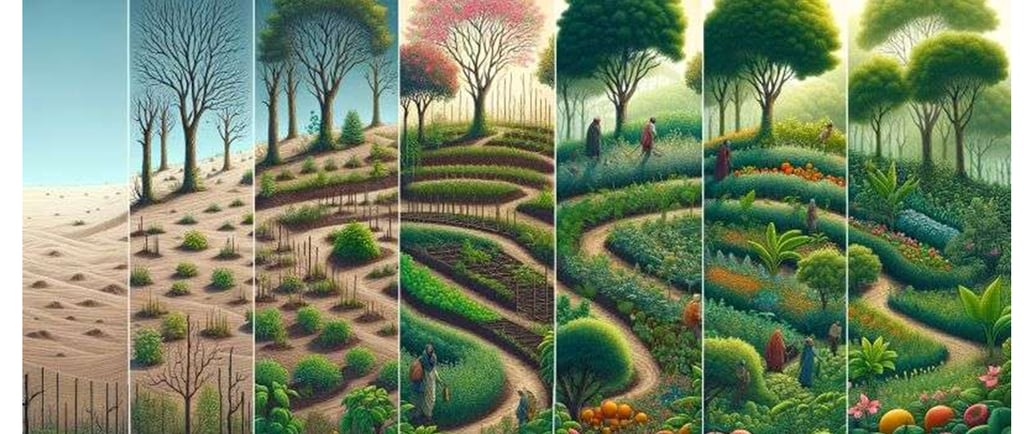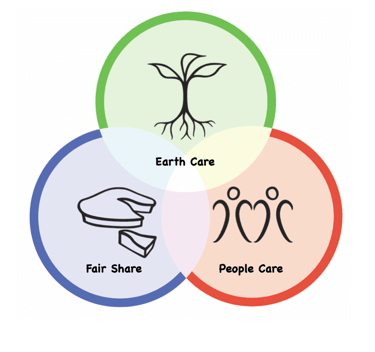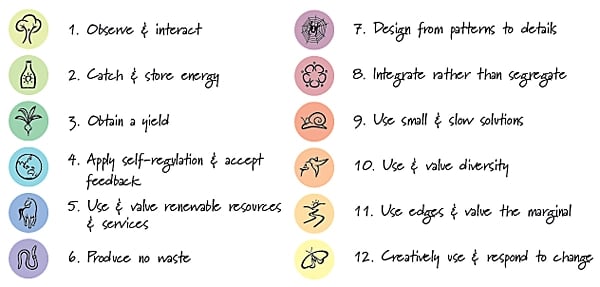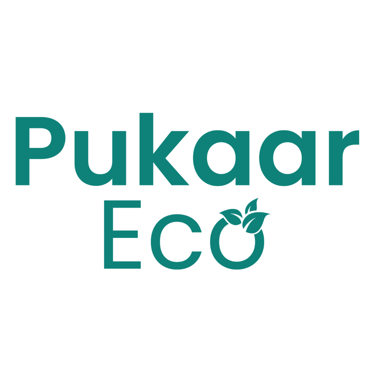What is Permaculture? A Beginner’s Guide to Sustainable Living & Farming
Learn about Permaculture design principles, techniques, and how Pukaar Eco Services is creating regenerative landscapes across India.
KNOWLEDGE
7/28/20252 min read


What is Permaculture?
A Beginner’s Guide to Sustainable Living & Farming
In a world facing climate change, soil degradation, and water scarcity, Permaculture offers a hopeful, practical solution. It’s not just a method of organic farming but a design philosophy for sustainable living. From small home gardens to large-scale regenerative farms, Permaculture principles are being applied across India and the world to create resilient, self-sufficient ecosystems.
What is Permaculture?
Permaculture (Permanent Agriculture & Culture) is a holistic design system that mimics natural ecosystems to create sustainable human habitats and food production systems. Developed by Bill Mollison and David Holmgren in the 1970s, Permaculture combines ecology, agriculture, architecture, water management, and community development.
At its core, Permaculture is based on three ethics:
Earth Care – Protecting natural systems.
People Care – Ensuring human needs are met sustainably.
Fair Share – Sharing surplus and redistributing resources.
Why is Permaculture Important Today?
Regenerates degraded land and soil.
Helps in water conservation and rainwater harvesting.
Reduces dependency on chemical inputs.
Increases biodiversity and ecosystem health.
Creates self-reliant, low-maintenance farms and homesteads.
Supports climate resilience and food security.
Key Permaculture Principles
Observe & Interact – Understand the land’s natural patterns.
Catch & Store Energy – Harvest rainwater, solar, wind, biomass.
Obtain a Yield – Every element must produce a benefit.
Apply Self-Regulation & Feedback – Build systems that correct themselves.
Use & Value Renewable Resources.
Design from Patterns to Details.
Integrate Rather Than Segregate.
Use Small & Slow Solutions.
Use Edges & Value the Marginal.
Creatively Use & Respond to Change.
Permaculture Techniques in Practice
Swales & Contour Trenches for water harvesting.
Food Forests & Agroforestry.
Mulching & Composting for soil health.
Natural Farming & Bio-Enzymes.
Polyculture & Companion Planting.
Eco-friendly Wastewater Recycling Systems.
Livestock Integration (Goats, Ducks, Bees).
Miyawaki Native Forests for rapid afforestation.
Permaculture in India: A Growing Movement
In India, Permaculture is being embraced by farmers, eco-resorts, NGOs, and landowners seeking sustainable solutions. From arid lands of Rajasthan to the lush hills of Kerala, Permaculture techniques are being adapted to diverse climates and cultures.
Organizations like Aranya Permaculture (Andhra Pradesh) and experts like Narsanna Koppula have been pivotal in spreading this knowledge across India.
At Pukaar Eco Services, we specialize in Permaculture design for farm lands, eco-resorts, agro-tourism sites, and private estates. Our focus is on integrating native forests, water harvesting, soil regeneration, and food forests into every project.
How Can You Start with Permaculture?
Observe your land's water, sun, and wind patterns.
Start small with a kitchen garden or small food forest patch.
Build a composting system to recycle waste.
Implement rainwater harvesting structures.
Consider a Permaculture Design Consultation for larger projects.
Pukaar Eco Services: Your Permaculture Partner
Whether you own a farm, villa, eco-resort, or community land, we help you design and build a sustainable, self-reliant ecosystem using Permaculture principles.
From site analysis to design, from execution to training — we offer end-to-end permaculture services tailored to Indian landscapes.




